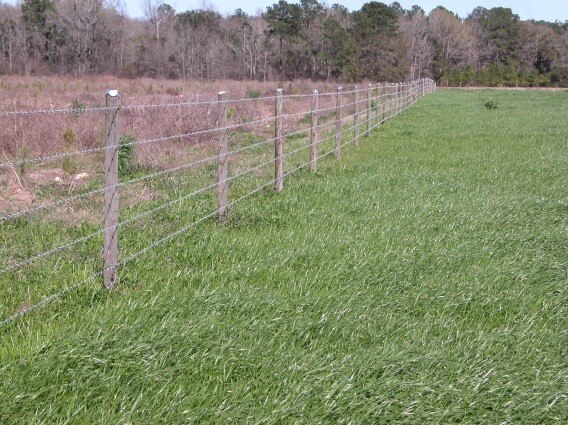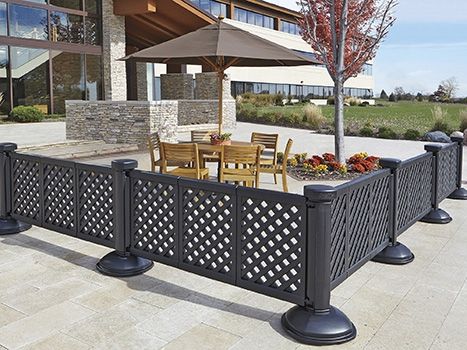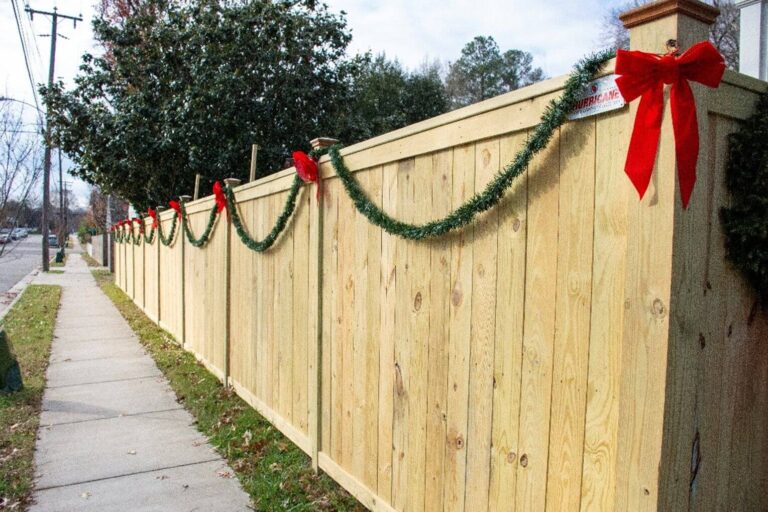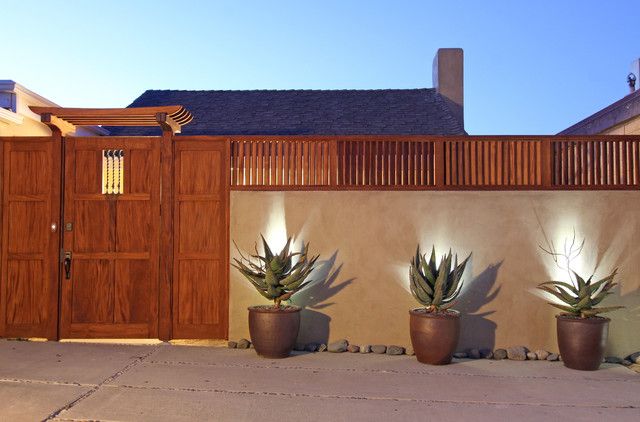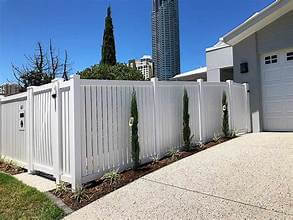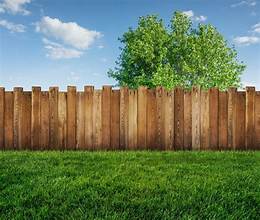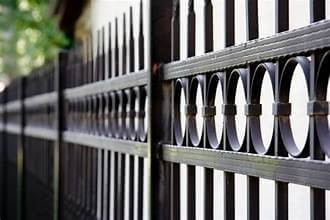In flood-prone areas, choose fencing that is durable, water-resistant, and easy to clean. Look for materials such as vinyl, aluminum, or composite that can withstand water exposure and minimize maintenance needs.
Living in a flood-prone area presents unique challenges when it comes to selecting the right fencing for your property.
The risk of damage from rising waters means that the fencing material needs to be able to withstand prolonged exposure to moisture and potentially debris-laden water.
Moreover, the fence should be easy to clean and maintain to ensure longevity and preserve its appearance.
Understanding the specific requirements for fencing in flood-prone areas can save you time and money in the long run, as well as provide peace of mind during flood events.
Let’s explore some key tips for choosing the best fencing in flood-prone areas to protect your property and enhance its resilience.
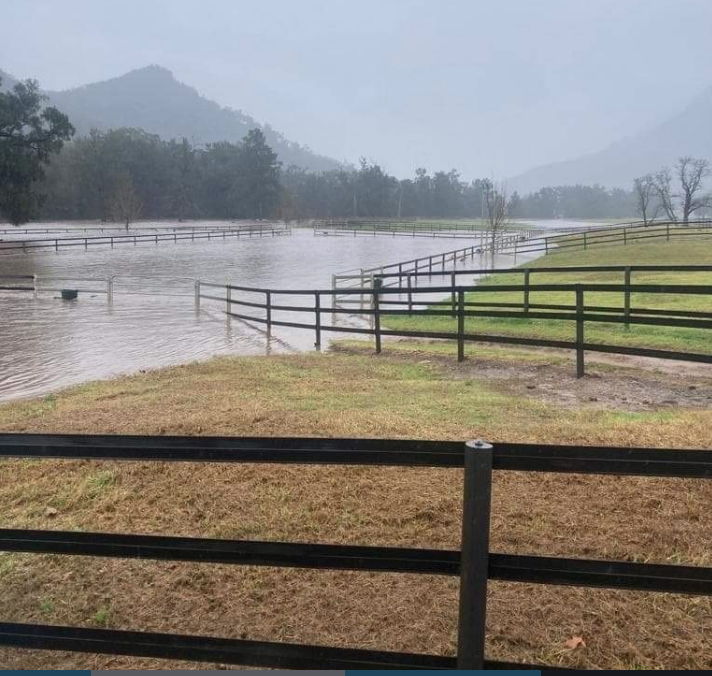
Location And Elevation
When it comes to choosing fencing for flood-prone areas, considering the location and elevation is crucial.
Factors such as the proximity to water bodies and the elevation level of the area play a vital role in selecting the right type of fencing to mitigate the impacts of flooding.
Proximity To Water Bodies
In flood-prone areas, the proximity to water bodies is a significant determinant in choosing suitable fencing. Properties located near rivers, lakes, or coastal areas are at a higher risk of flooding.
It’s essential to assess the distance between the property and the water source, as it directly impacts the likelihood and severity of flooding. Installing fencing that can withstand water pressure and provide adequate protection is paramount.
To further assist property owners in making informed decisions, consider exploring the expertise of Fencing San Mateo, a trusted service specializing in flood-resistant fencing solutions.
Elevation Level Of The Area
The elevation level of the area is another crucial factor in fence selection for flood-prone regions.
Understanding the topography and elevation of the land helps in determining the potential depth of flooding.
Properties situated in low-lying areas are more susceptible to inundation during heavy rainfall or when water bodies overflow.
Selecting fencing that can withstand prolonged submersion or implementing additional protective measures for low-lying areas is essential to minimize flood damage.
Durability And Water Resistance
When choosing fencing for flood-prone areas, durability and water resistance are crucial factors to consider.
The impact of floods on different materials, as well as the maintenance requirements, plays a pivotal role in determining the longevity of the fencing in such environments.
Impact Of Floods On Different Materials
Various fencing materials exhibit different abilities to withstand the impact of floods. For instance:
- Vinyl: Known for its water-resistant properties, vinyl fencing can withstand prolonged exposure to water without warping, rotting, or deteriorating.
- Aluminum: This material can endure flooding due to its innate resistance to rust and corrosion, making it suitable for flood-prone areas.
- Wood: While wood can be treated to enhance water resistance, it requires ongoing maintenance to prevent decay and warping when exposed to flood waters.
- Chain Link: Generally resilient to floods, chain link fencing may require rust prevention treatments to maintain its durability over time.
Maintenance Requirements
The maintenance demands of fencing materials in flood-prone areas can significantly impact their long-term performance.
Consider the following maintenance aspects:
- Vinyl: Minimal maintenance is required, as it is impervious to water damage and deterioration.
- Aluminum: Periodic cleaning to remove debris and sediment is necessary to preserve its appearance and water resistance.
- Wood: Regular sealing and staining are essential to protect wood fencing from water damage and maintain its structural integrity.
- Chain Link: Rust prevention measures, such as galvanization or protective coatings, are vital to uphold its durability against water exposure.
Elevation And Flood-resistant Designs
Flooding can pose significant challenges for homeowners in flood-prone areas, and choosing the right fencing is crucial to mitigate potential damage.
Elevation and flood-resistant designs are essential factors to consider when selecting fencing in these areas.
It’s important to prioritize materials and installation techniques that can withstand floodwaters and minimize long-term damage.
Proper Installation Techniques
When installing fencing in flood-prone areas, it’s crucial to employ proper installation techniques that enhance the structure’s resiliency against flooding.
Here are some essential considerations:
- Choose corrosion-resistant materials.
- Elevate fence posts above flood levels.
- Utilize deep foundations for stability.
- Implement secure anchoring to withstand flowing water and debris impact.
Gate And Entry Considerations
Gate and entry points in flood-prone areas require special attention to ensure functionality and durability during flooding events.
Consider the following:
- Opt for flood-resistant gate materials, such as aluminum or composite.
- Implement raised or sliding gate designs to prevent obstruction during flooding.
- Utilize quick-release mechanisms for easy access during emergencies.
- Install efficient drainage systems to mitigate water buildup around entry points.

Frequently Asked Questions
How Can Fencing Protect Homes In Flood-prone Areas?
Fencing acts as a barrier, preventing floodwater from entering the property and causing damage.
What Are The Best Fencing Materials For Flood-prone Areas?
Elevated vinyl or aluminum fencing is recommended as they are durable and less susceptible to water damage.
Can Fencing Design Affect Floodwater Flow In Flood-prone Areas?
Yes, the design can impact water flow. Using gaps in the fence can minimize resistance to floodwaters.
Conclusion
In flood-prone areas, choosing the right fencing is crucial for protection and durability. By considering the materials’ water resistance and installation above flood levels, you can ensure a long-lasting and effective barrier.
Always consult with professionals to evaluate your specific needs and make an informed decision.
Your fencing choice can greatly impact your property’s safety and security.

